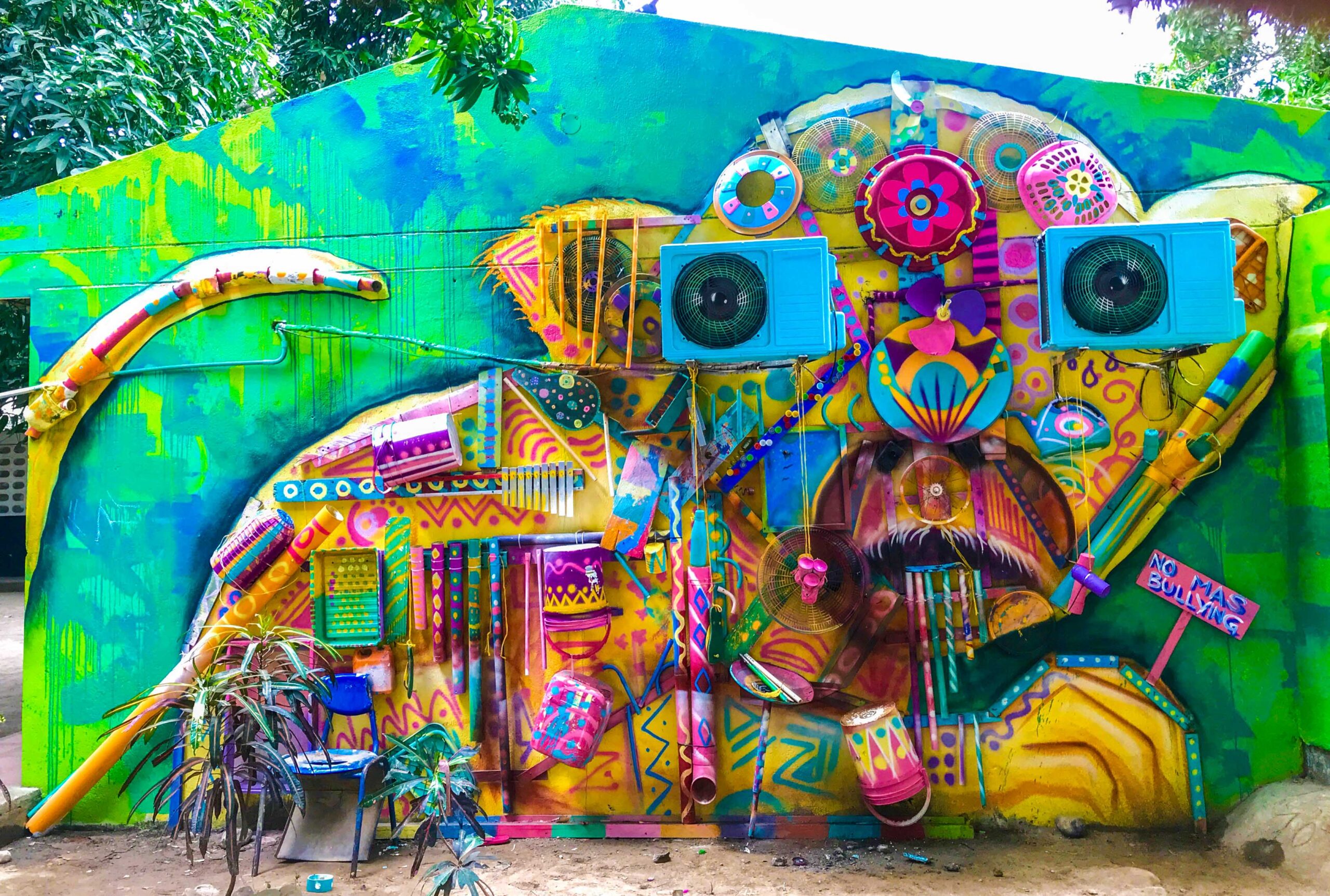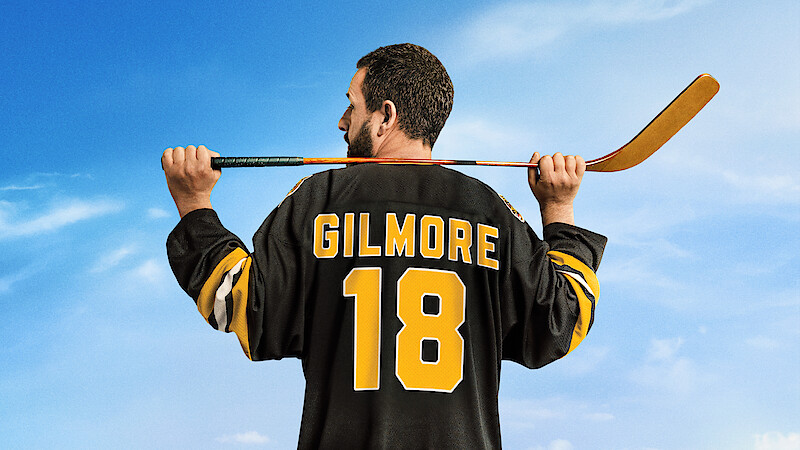
The Street Artists of South America
South America’s street art scene is a colorful tapestry of cultural identity, political expression, and raw creativity—turning city walls into living galleries. Murals and graffiti here represent bustling urban life, indigenous heritage, and social commentary. Here’s a snapshot of its most dynamic hubs and standout artists:
Buenos Aires, Argentina
Martin Ron is renowned for his hyper-realistic murals, such as the giant sea turtle artwork that juxtaposes urban life with memory and nature, creating emotionally resonant scenes .
International stars like Blu and Aryz have also transformed Buenos Aires into a global street art hotspot .
Santiago & Valparaíso, Chile
INTI, originally part of the Brigada Ramona Parra (BRP), paints Indigenous themes and cultural identities across sprawling murals in Santiago’s Open Air Museum of San Miguel.
In Valparaíso, collaborations by artists like LRM and Charquipunk highlight vibrant, citywide creative expression.
Bogotá & Medellín, Colombia
Bogotá’s La Candelaria neighborhood stands as a graffiti mecca, home to over 6,000 murals and pieces by local talents like DJ Lu, Guache, and Bastardilla. Graffiti decriminalization since 2013 has transformed the city into a living protest canvas and cultural epicenter .
Medellín also thrives with street art reflecting social change, resilience, and urban identity.
São Paulo & Rio de Janeiro, Brazil
São Paulo’s famed “Batman Alley” and works by graffiti legends like Os Gêmeos and Kobra redefine scale and color in urban expression .
In Rio, JR’s Women Are Heroes project brings haunting portraits of war-affected women to life in favelas across the city.
Lima, Peru
Emerging artists like Eliot Tupac and Decertor blend neon symbolism with surreal imagery to express indigenous traditions and urban reality, brightly adorning Lima’s walls .
Beyond Color: Messages That Matter
Street art in South America is more than aesthetic flourish—it’s a tool for storytelling and social justice. Murals depict themes like displacement, indigenous rights, women’s struggles, political unrest, and community memory .
From Streets to Tourism
Cities are embracing murals as cultural tourism assets. Bogotá’s graffiti tours—led by artists themselves—invite visitors to explore the city’s history through walls. Buenos Aires, Santiago, and São Paulo also feature street art in urban walking routes, boosting both cultural visibility and the creative economy .
Preservation and Recognition
Though street art can be ephemeral, many South American cities are setting aside spaces for legal murals, partnering with artists and nonprofits to educate communities. These efforts help retain murals while preserving their authentic voice and social resonance.
Continuing the Canvas
What began as spontaneous graffiti has evolved into a respected art movement that mirrors South America’s complexities. Each mural—whether political or poetic—cements urban art as an enduring and powerful mode of expression.
In summary, South America’s street art scene shines with its rich fusion of culture, activism, and visual excellence—from Buenos Aires and Bogotá to São Paulo and Lima. These streets are more than backdrops—they’re vibrant pages in the continent’s ongoing story.
































Post Comment